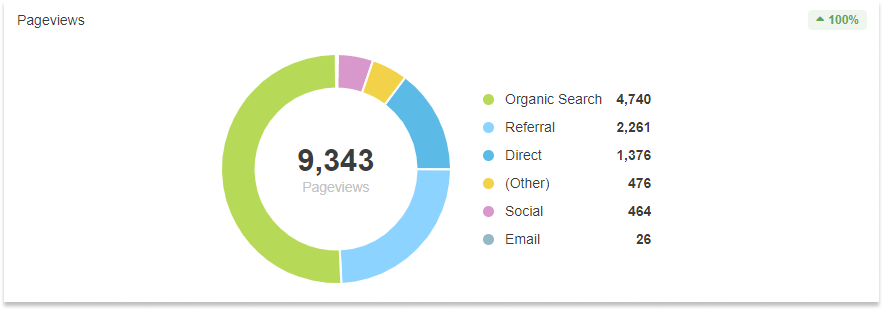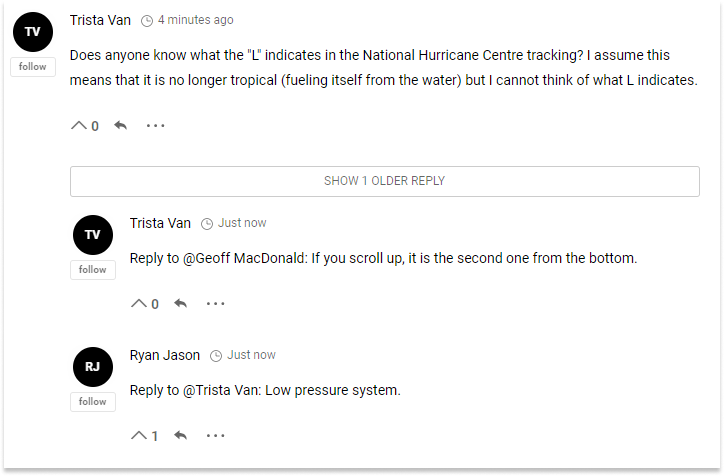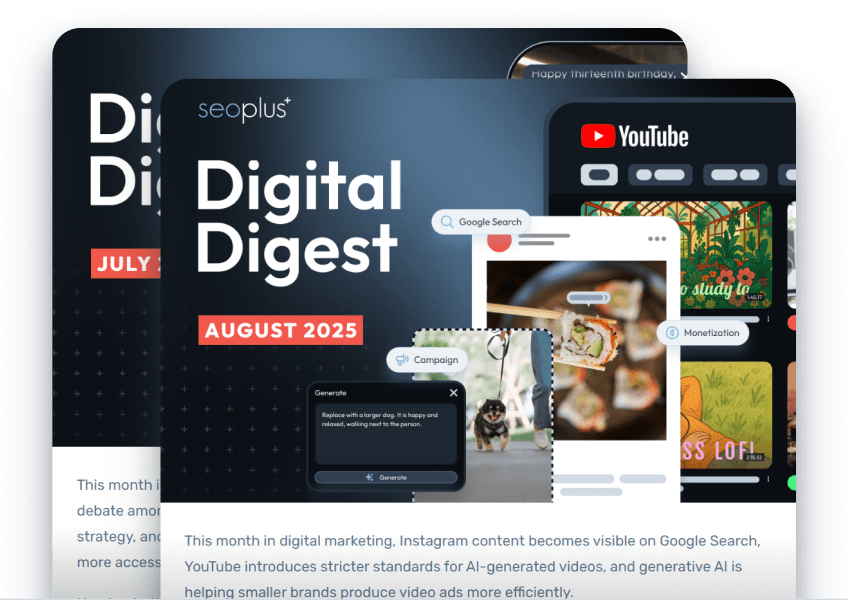Whether you’re talking about digital marketing, SEO, or conversion funnels, one of the first recommendations you will receive is to write content. Need more traffic? Write more content. Need more customers? Write content that solves their problems. Need to outperform the competition? Write better content.
Content comes in many forms (and not just written!), and blog posts are a pillar of a business content strategy. Whether you write them first hand, bring on an in-house content writer, or invest in a partner like a content marketing agency, you are following best practices if you publish rich, original, and engaging blog posts.
Yet whether you are a business owner or marketing manager, you probably aren’t investing in blogs just for the fun of it. You are expecting to achieve positive return on investment and successful outcomes for your business, whether that is increased brand awareness, traffic, leads, sales, referrals, and so on.
If you were to invest time, energy, or money into a blogging strategy and realize one year in that these articles had only attracted a handful of visitors or driven close to zero calls or inquiries, you’d be pretty disappointed.
In sum, most marketers know that blogging is important, but not enough know how to measure its business impact, nor how to leverage these metrics to improve performance and deliver more business value.
For that reason, today we are going to explore how to tell if your blog post is performing, and what to do next with the information you uncover.
Traffic & pageviews
The first—and probably most obvious—metric is website traffic. In Google Analytics, this is best measure by a metric called pageviews. These are individual visits to a given page on your website. There is also a companion metric known as unique pageviews, which only counts one view per session, and does not count when a user refreshes or revisits a page multiple times in the same session.

There are several ways to earn pageviews. A brand new blog post will typically receive most of its pageviews due to internal website navigation by the user before it starts to rank in Google. For example, a visitor lands on a service page through a Facebook ad, then click through to the main blog page, then click and read your latest blog post.
Then we have ways that users will directly land on your blog post. This can happen through Google search listings, known as organic, or through ways you curate, such including a link in a Twitter post (social), newsletter (email), or a link on a partner website (referral). You may also choose to direct visitors to your blog posts through paid advertising. This is most common as a top-of-funnel strategy, particularly in industries with long buying cycles like B2B software. Finally, users can also navigate to your blog post directly by typing the URL into their browser’s address bar.

The blog posts with the most pageviews are typically your most popular posts, but not necessarily your most engaging. For example, one blog might have 1,000 pageviews, but 0:03 average time on page, 100% bounce rate and no conversions. Another blog might have 40 pageviews, but 4:40 average session duration, 40% bounce rate, and 10 conversions. Which do you think has more of a business impact?
User metrics
This is why we look at user metrics as a way to understand blog performance.

Though user metrics are evolving slightly for Google Analytics 4, within the current iteration of Google Analytics this is the primary data to consider:
- Average time on page: if there are two users and one spends one minute looking at (and hopefully reading) a blog post, and the next user spends three minutes, the average time on page is two minutes. Your average time on page benchmark varies a lot by industry, but a good rule of thumb is 3-5 minutes. If you have short, concise blog posts that encourage users to take a follow-up action, then seeing shorter time on page should be taken in that context.
- Bounce rate: this is the percentage of users who arrive on this page and exit with no interaction. The benchmark bounce rate is 40-60%, though of course varies by industry. It is not necessarily a bad thing to have a high bounce rate, as your content may have satisfied the user’s query and they did not need to take further action.
- Exit rate: this is a percentage of users who exit the website after viewing this page. Exit rates are typically lower than bounce rates, more in the 25-50% range.
- Conversion rate: this is the percentage of users who complete a conversion action on this page, such as filling out a form, downloading a whitepaper, placing a call on mobile, or completing an eCommerce transaction through a buy button. While blog posts are not necessarily designed to drive conversions, especially for top-of-funnel content, conversions are most closely tied with business outcomes.
Comments & engagement
If you have comments enabled on your blog posts, this is another way to evaluate the performance of your blog. If you usually see a lively debate about the post topic, or receive follow-up questions, this is a great sign of reader engagement. If this drops off on certain posts, it’s an indication this topic is not as engaging for the reader.

Off-site metrics & links
So far, we’ve focused on levers that you control, like sharing your blog posts on social media, or choosing user-focused topics that earn you visibility on search engines. We’ve also looked at metrics that communicate how well your audience is responding to your blog posts directly on the website.
There’s yet another way to measure how valuable your audience finds your blog post. When you write content that is unique, engaging, entertaining, thought-provoking (or maybe even “so bad it’s good” viral), your audience will seek to share that with their network.
You can attract more traffic and pageviews with inbound links to your website. The first is through social media networks, like Twitter, Facebook, or LinkedIn. Audiences will want to share what you have to say and include a link in their posts. You can encourage this through “social share” buttons directly on your post, though that’s not as prominent as it used to be. I should also note that aggregators and other third-party providers may be a driver of social traffic.
Next, other websites will link back to you. There’s nothing better than when another website links to you as a trusted source. This is a driver of referral traffic, yes, but it’s also the entire philosophy on which Google’s PageRank algorithm was built, using link quantity and quality as a proxy to measure website importance.

Bonus: UI/UX & site performance
When considering how an individual blog post is performing, it’s equally important to look at factors that could cause friction for the user. It doesn’t matter how compelling your content is if something interferes with the page loading, or if it’s a miserable experience for the user to read.
From a blog perspective, User interface (UI) refers to the layout, the hierarchy/prominence of elements, the font & colour selection, and so on. User experience (UX), on the other hand, refers to how users feel when they are on the page. Can they find what they need? Is it a pleasant experience to read and scroll the content?
Factors that could interfere with user experience include a poor mobile layout, fonts that are difficult to read, or annoying intrusions like pop-ups.

Another factor to consider is site performance. If a page doesn’t load quickly (or fails to load at all), a user will just leave and won’t get to access your content.
Finally, ensure that your blog post is crawlable and indexable. Otherwise, you could be missing out on a lot of potential traffic.
Conclusion
Whether you are writing blog posts on your own, or investing in a partner to create content for you, it’s important to measure the performance of these blogs so you know what works and what doesn’t. This way, you can adjust your strategy going forward to ensure you are creating the most engaging possible content that advances your business goals. These metrics and indicators will tell you what you need to know to develop an effective content marketing strategy going forward.






